45 years of design: the ’70s
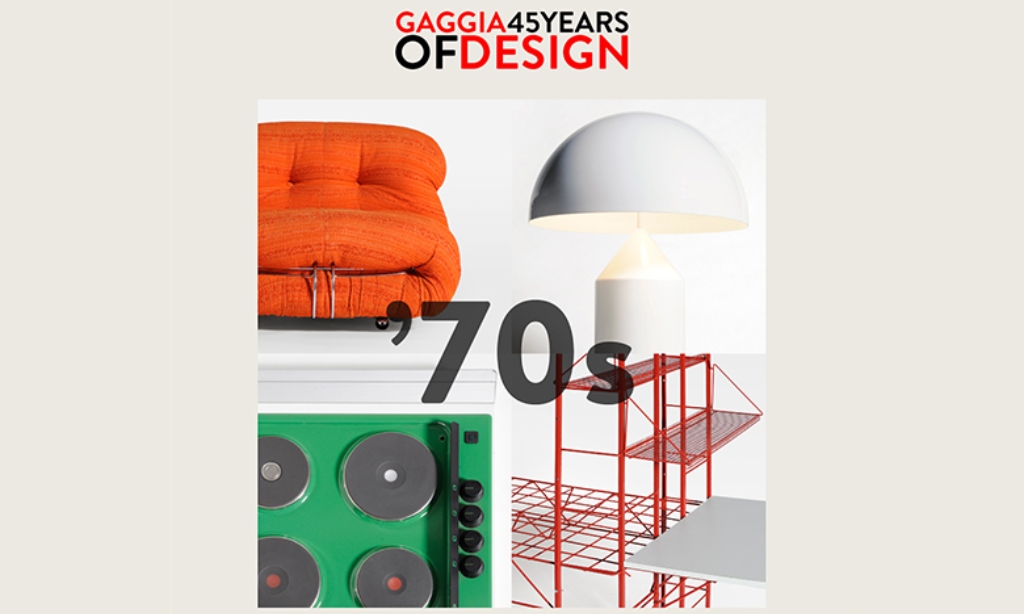
45 years of espresso at home, 45 years of design. It was in 1977 when Gaggia launched its unforgettable Baby Gaggia, the first espresso machine for home use to be mass-produced.
And it is in this decade, the magic Seventies, that we start a journey through time and the history of Italian design, amongst trends, culture, iconic products…to get to nowadays.
The first ten years of our trip are lively and expressive like no other.
During that period, the Italian design displayed itself in a more colorful and decidedly unconventional way compared to the past.
An original whirlwind and contradictory ensemble that has seen the most reactionary tradition and the most daring innovation converge, plus diversified trends that met and clashed, thus giving rise to an original aesthetic profile.
The austerity of the Seventies, crushed by the oil crisis, touched the decadent and colorful opulence that would have characterized the end of the decade and the Eighties. The colors of nature and the earth, in all shades of brown and green, were found in new formulations together with the camp and kitsch aesthetic, with their explosions of warm and bright colors. What remained of the hippies and flower power imagery, dominated by an all-natural horizon close to the earth and the sun, was boldly approached to the most futuristic visions of high-tech and future technologies.
Utopia and dystopia, together.
A continuous aesthetic hazard, a feverish search for the new and the innovative, the whimsical and the bizarre, but not only; search for practicality, efficiency, functionality that was able to really intervene in everyday life and make it more pleasant, friendly.
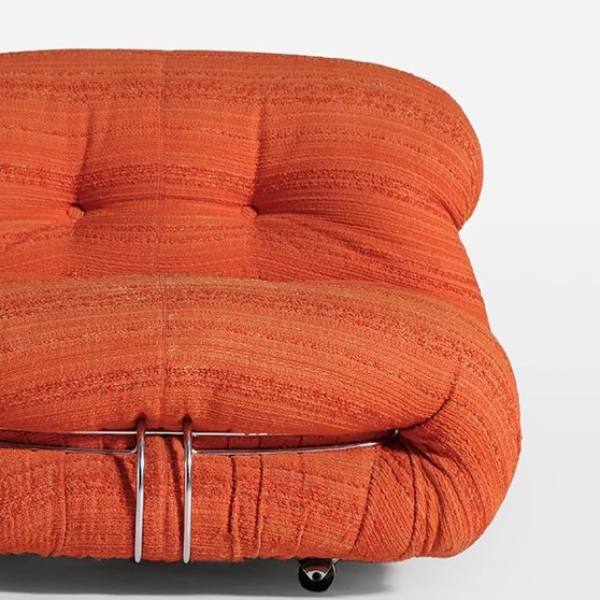
No longer the horizon of the dream (that of the Sixties) but the concrete reality, deep inside, day after day.
In one way or another, an unforgettable, peculiar, highly recognizable style, returned to continuous cycles overwhelmingly in vogue. In other words, a style full of “personality”: this is the term that better characterizes the design of the Seventies.
A composite personality that Gaggia has made its own by declining it in the pop and innovative line of Baby Gaggia.
“Pop” in the broadest sense of the term: popular, because thanks to Baby Gaggia the era of mass home consumption of espresso coffee began. But also, it’s “pop” because it brought the color trends of the decade – the bright red and orange tones – into the homes of millions of people, with its unmistakable lobster color.
It was necessary to combine aesthetics, functionality, and consumer needs. In Italian design, other works of the Seventies entered the homes to bring the new.
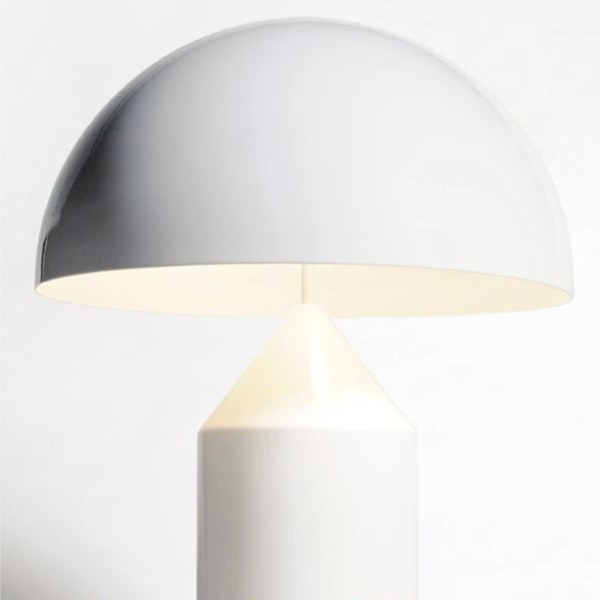
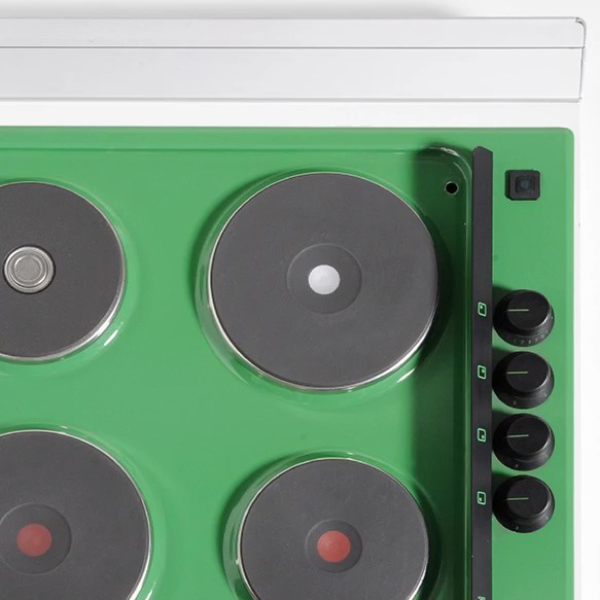
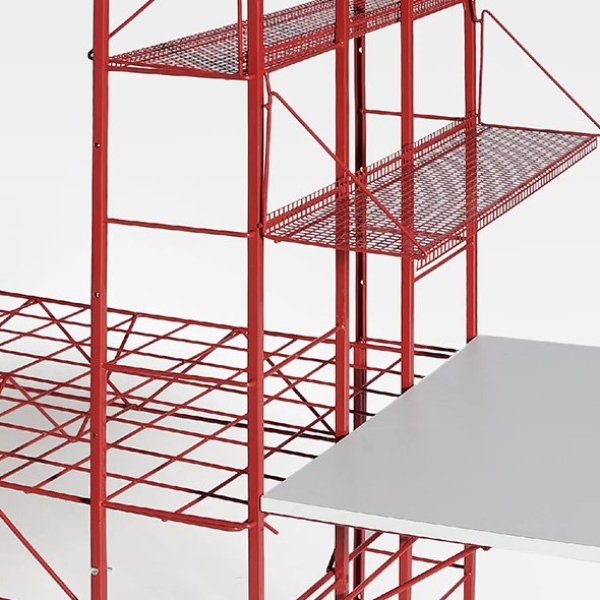
Browsing through the ADI archive of the Compasso d’Oro – the oldest design award in the world – we wanted to select four objects that well represent the design of that acrobatic decade.
The first object is the iconic Soriana armchair designed in 1969 by Afra and Tobia Scarpa. Soft, sinuous, generous lines, a solid metal structure and abundant padding for an armchair-sofa that will make prestigious homes and offices more welcoming. Design at the service of unusual comfort that envelops the individual.
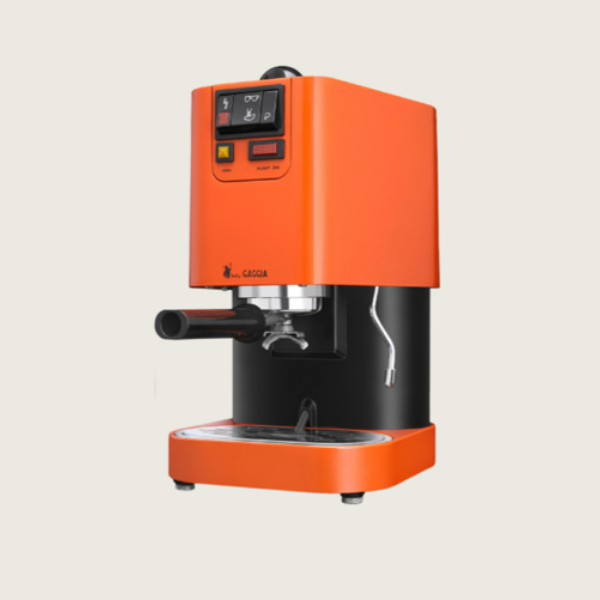
Equally valuable and emblematic is the Atollo table lamp, created by designer Vico Magistretti in 1977 and characterized by a “mushroom” shape that has revolutionized the very idea of abat-jour, its aesthetic vision and its functionalistic role at interior of the environment. Still today one of the most celebrated Italian design objects in the world.
Our third object is represented by a kitchen top, part of the Osa series of appliances designed by Makio Hasuike for Merloni in 1979.
In the same year, there was the launch of the modular and composable bed “Abitacolo” by Bruno Munari. It was a multifunctional steel structure, bed and table, bookcase, coat hanger and object holder, all together. Behind the daring concept, the idea of a design that matches the user’s needs as much as possible. Comfort, functionality, aesthetics, spatiality, customization. Once again the key concepts that made the design of the Seventies constantly modern, a reference point to look at every day without any fears of making a mistake, in a development process that has started back then, gets updated today and prefigures the future. Just like Gaggia and her Baby.
 Truly Italian Roots
Truly Italian Roots